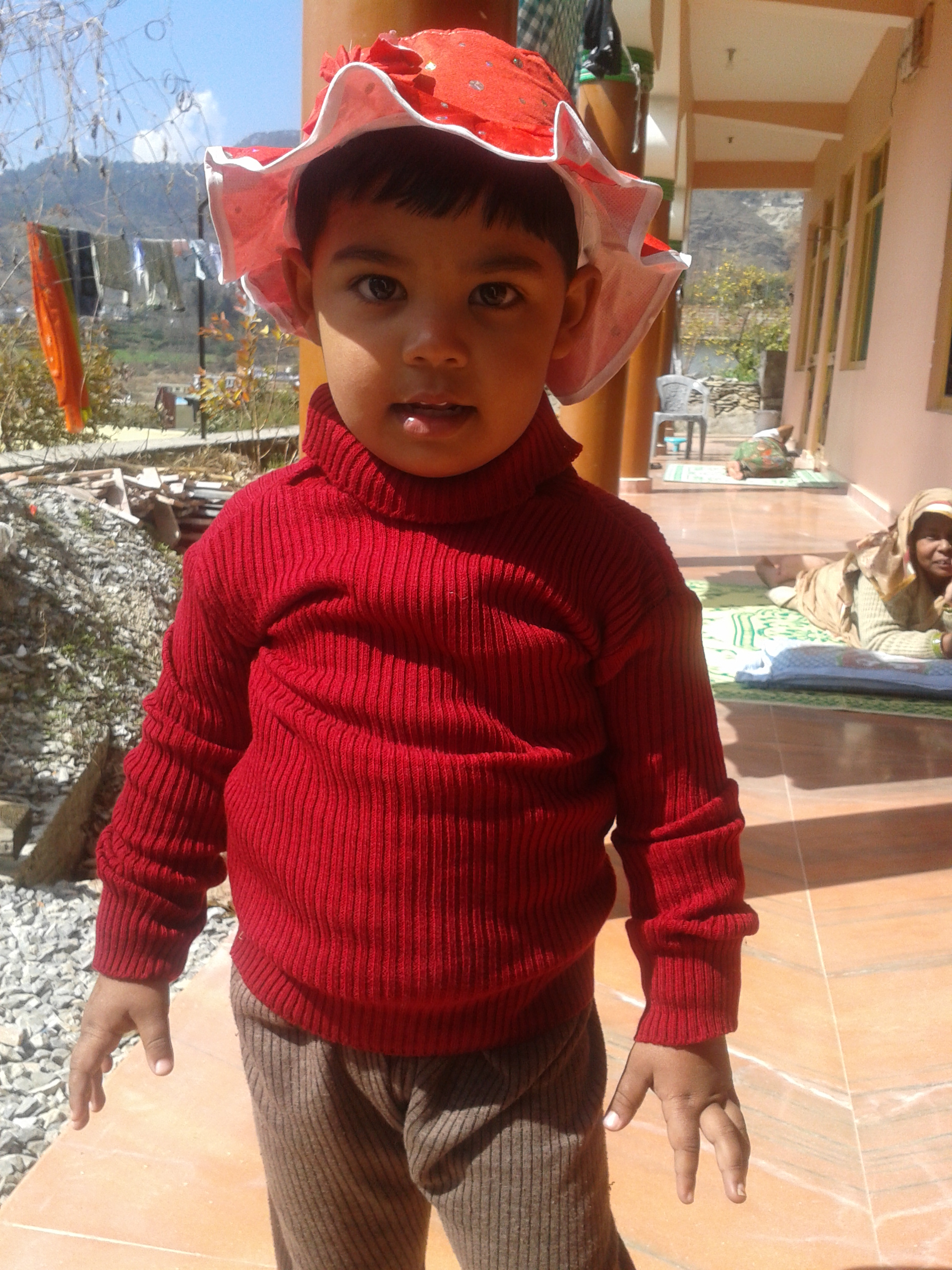The Structure Of Culture
- Culture Traits
2 . Culture Complex
- Culture Pattern or Culture Configuration
- Cultural Elements – Cultural elements are the smallest units of culture or solitary elements. Culture is created by mixing these units. Culture is created by mixing these units. Harshkovits called the cultural element the smallest recognizable entity in a particular culture. Kroeber called it “the ultimate defining element of culture. For example – shaking hands, touching the feet, taking off, kissing the cheeks, providing accommodation to women, flag salutes, wearing white saris during mourning, vegetarian food. Food, walking barefoot, sprinkling water on idols. It has three major characteristics. Each cultural element has its origin history, whether history is small or big. Ii. The cultural element is not stable. Mobility is its specialty. iii. Cultural elements have the nature of conjugation. They dissolve together like a vase of flowers.
2 . Cultural complexes– consist of cultural elements. When some or many elements together meet human needs. Thus, being bowed down in front of the idol, sprinkling holy water on it, placing some food in its mouth, folding hands, taking offerings from the priest and singing the aarti, all elements together form the religious cultural complex. Piddington called the Cultural Package Functional Association of Cultural Elements.
- Cultural pattern – Cultural paradigm is born when cultural elements and clusters become interrelated in functional roles. Culture – The study of paradigm leads to knowledge of the salient features of a culture. For example – Gandhism, spiritualism, caste-system, joint family, rural culture are the cultural connotations of Indian culture that introduce the characteristics of Indian culture.
Clark Wissler mentions 9 ground-based cultural elements
that give rise to the culture-paradigm.
- Voice and language
2 . Physical elements – 1 food habits habitat iii traffic iv. Utensils etc. v. Arms vi Business & Industry
- art
- Mythology and scientific knowledge
- Religious activities
- Family and social species
- The property
- Governance
- War .
Kimble Young incorporates 13 elements of culture into universal paradigms.
- Patterns of Charan: Signs and Language
2 . Goods and riots for the welfare of humans
- Quantity and means and means of transport
4, exchange of goods and services – trade commerce
- Types of property – actual and personal
- Family and Family Patterns – Types of Marriage and Divorce Kinship Relationships.
- Social Control and Governing Institutions – Ethos Opinion Law War
- Artistic expression: construction art, painting, culture
- Leisure activity
- Religious and magic ideas
- Mythology and Philosophy
- Science
- Cultural structure of muladhara interactional processes.
